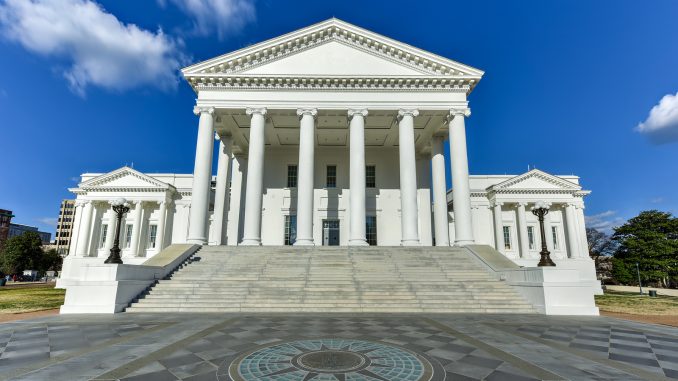This year, AIA Virginia will be providing the Governor’s Office a slate of candidates for consideration for appointment to the State Building Code Technical Review Board. Our organization advocates for the Architect’s voice on these bodies to help shape policies and strengthen our communities. If interested in being considered for the slate, please click here to see submission requirements.
Submissions are due to AIA Virginia Executive Vice President, Corey Clayborne, FAIA by 5:00 p.m. on Monday, July 12, 2021.
Below provides an overview of the State Building Code Technical Review Board (SBCTRB):
Purpose: The SBCTRB’s primary purpose is to hear appeals from enforcement actions under the Virginia Uniform Statewide Building Code (VUSBC), the Virginia Statewide Fire Prevention Code (VSFPC), the Virginia Industrialized Building Safety Regulations, the Virginia Manufactured Home Safety Regulations and the Virginia Certification Standards. Applicants for appeals are generally those persons or entities regulated under the building and fire codes and who disagree with an enforcement action.
A secondary function of the SBCTRB is to provide interpretations to the provisions of the VUSBC and VSFPC and make recommendations to the Virginia Board of Housing and Community Development for future modifications, amendment, or repeal of such provisions.
In serving in this capacity, the individual will represent AIA Virginia during the code change development cycle in one or multiple workgroups.
Meeting Frequency: Estimated at 9-12 times per year for five hours each meeting for SBCTRB*. The code development review process consists of an additional 3-4 meetings per year per workgroup over a three-year period*.
Website: STATE BUILDING CODE TECHNICAL REVIEW BOARD (SBCTRB) | DHCD (virginia.gov)
*This is an estimate of meeting frequency and duration. The Board may have a need to meet more frequently or for a longer duration depending on the amount of business that needs to be addressed


